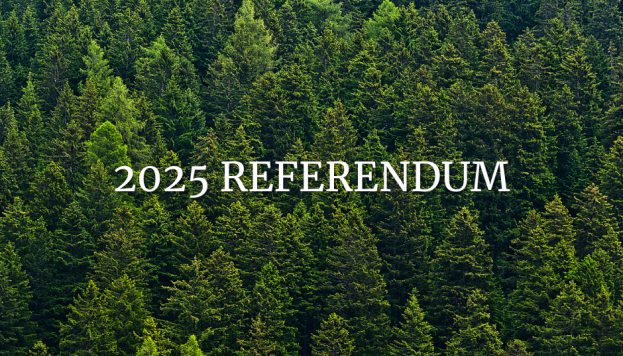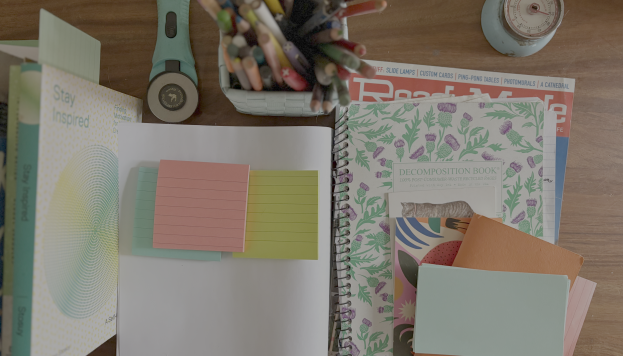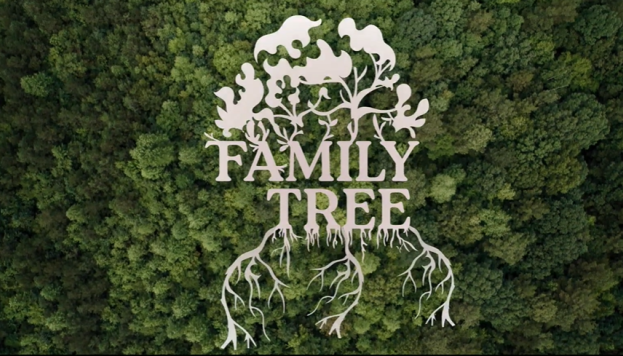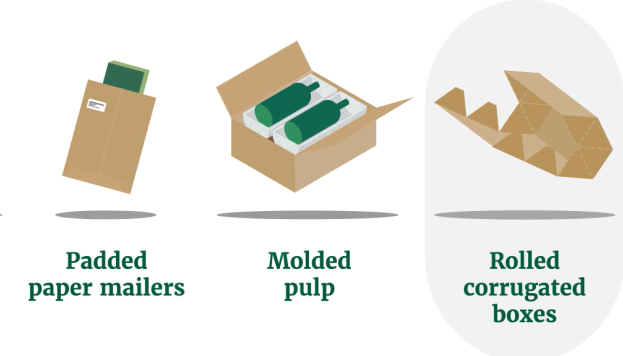The Answer to Brands' Plastic Reduction Goals is Staring Them in the Face
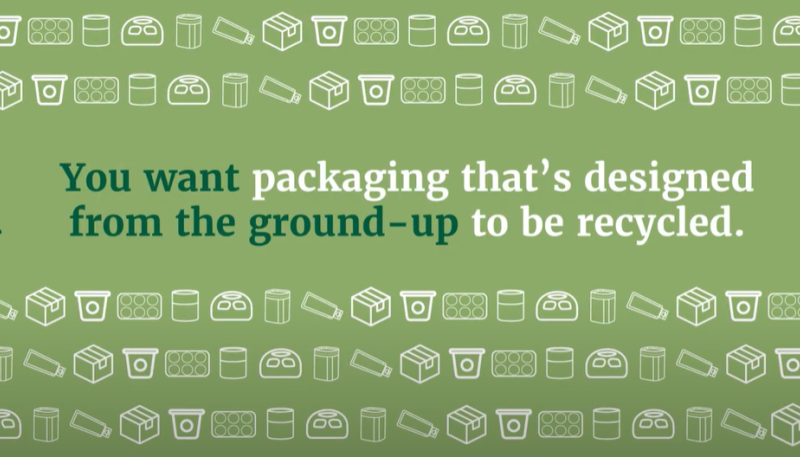
If you read the packaging trade press with any regularity you know that many of America’s largest consumer companies have committed to major action on plastic reduction—and on compressed timelines.
But faced with serious short- and medium-term pressure to move away from the fossil-fuel-derived materials in their value chains, some of them are seemingly stumped about what materials can emerge to fill the void.
The obvious answer suggests itself: Why not paper?
Compared with the alternatives it is replacing, paper-based packaging is made from natural material, the ultimate renewable resource—trees—not synthesized in laboratories but grown on farms, just like corn or soybeans or tomatoes. But unlike the food-crop farmers who understandably focus their thinking on the next harvest season, America’s tree farmers have to think long-term. It’s simply in their fiber—no pun intended—to think not in months or years but in decades and, sometimes, even centuries. That gives them a powerful incentive to plan for soil, water, biodiversity and long-term sustainability. Not just out of the goodness of their hearts, but out of the necessity of their work and their way of life.
And when those farmers do selective cuts and harvest, and then replant their fields to start the great cycle again, our industry takes it from there. Wood pulp has been an essential technology for more than a millennium. But it’s not a static technology. On the contrary, we’ve arguably done more innovating in the last two decades than we did in the century before it.
That obviously includes the great recycling infrastructure that we’ve built in partnership with the waste recovery industry, our customers and with localities across the country. In an era where many consumers have questions about whether other kinds of recycling really “work”, there’s no question that paper recycling is a success. Nearly 68% of all the paper manufactured in the U.S. is recovered for recycling—and more than 90% of corrugated—and that recovered material can be made into new products at least seven times making it the ultimate reusable choice for brands committed to circular materials and choices.
We are experts at designing for recyclability and renewability, continually introducing new innovations into the market. In fact, some of the biggest brands in the world are getting the message. Chick-fil-A rolled out a new double-wall paper cup at select restaurant locations for cold beverages and milkshakes. Palmolive has committed to increasing the use of recycled and recyclable paper pulp in their consumer packaging, from personal care to pet products. Target has transitioned to molded pulp packaging for ecommerce. Unilever committed to “100% recyclable, reusable, or compostable” packaging, a promise that by its nature requires a massive commitment to paper-based products. Kraft Heinz has introduced a paper-based ketchup bottle. The list goes on.
Time is ticking away and American consumer brands are under the gun. They don’t need to be. There are many paper-based packaging innovations that are ready now, waiting for responsible and ambitious brands and companies to adopt them—for their customers, their shareholders, and the planet.
So I ask these companies again, why not paper?
